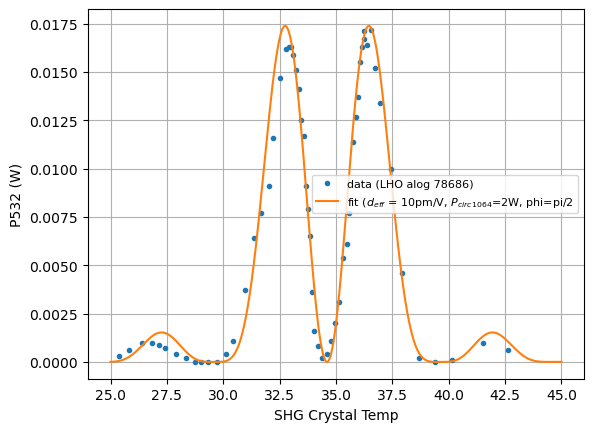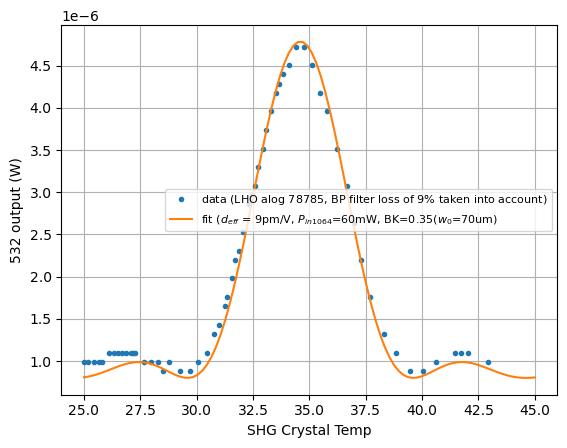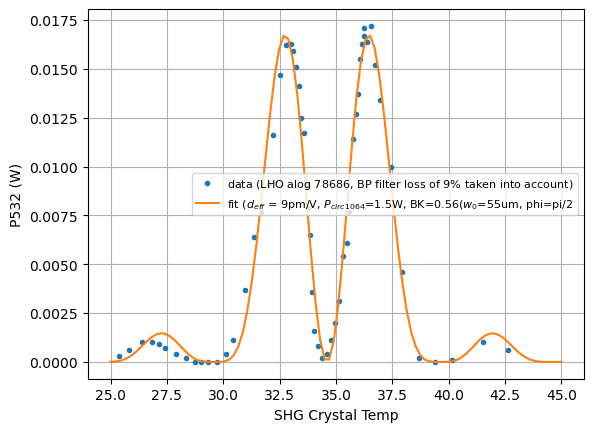TITLE: 07/08 Day Shift: 1430-2330 UTC (0730-1630 PST), all times posted in UTC
STATE of H1: Observing at 155Mpc
INCOMING OPERATOR: Oli
SHIFT SUMMARY:
Internet went down 15:09 UTC for what seemed like less than a minute. Cause: Automatic Switching from Boise Connection to Seattle.
Lockloss 15:11 UTC due to an earthquake.
https://ldas-jobs.ligo-wa.caltech.edu/~lockloss/index.cgi?event=1404486684
We moved PR3 back to it's previous position while in Input_Align.
Sheila is touching up the COMM And DIFF beat notes.
17:14 UTC Earthquake passed through and was not announced.
Comissioning started at 17:16 UTC
Nominal_Low_Noise reached at 18:31 UTC.
Observing reached at 18:32 UTC
LOG:
| Start Time | System | Name | Location | Lazer_Haz | Task | Time End |
|---|---|---|---|---|---|---|
| 16:08 | SAF | LVEA | LVEA | YES | LVEA IS LASER HAZARD | 10:08 |
| 15:02 | FAC | Tyler | Water Tank | N | Moving truck over to water tank | 15:12 |
| 15:28 | FAC | Karen | Optics Lab & VAC Prep | N | Technical Cleaning | 15:57 |
| 15:59 | ISC | Sheila | ICST1 | Yes | Aligning COMM and DIFF BeatNotes | 16:29 |
| 16:45 | FAC | Karen | Mid Y | N | Technical Cleaning | 17:45 |
| 16:53 | FAC | Kim | Mid X | N | Technical Cleaning | 17:42 |
| 17:26 | SQZ | Naoki | Ctrl Rm | N | Testing SQZr | 17:46 |
| 17:55 | PCAL | Francisco | PCAL Lab | Yes | PCAL Lab Upgrades | 20:59 |
| 18:12 | PRCL | Camilla | CRTL Rm | N | PRCL Measurement | 18:22 |
| 18:20 | OMC | Naoki | Ctrl Rm | N | Exciting OMC | 18:24 |
| 18:25 | SUS | Josh | Ctrl Rm | N | osem measurements | 18:30 |




















